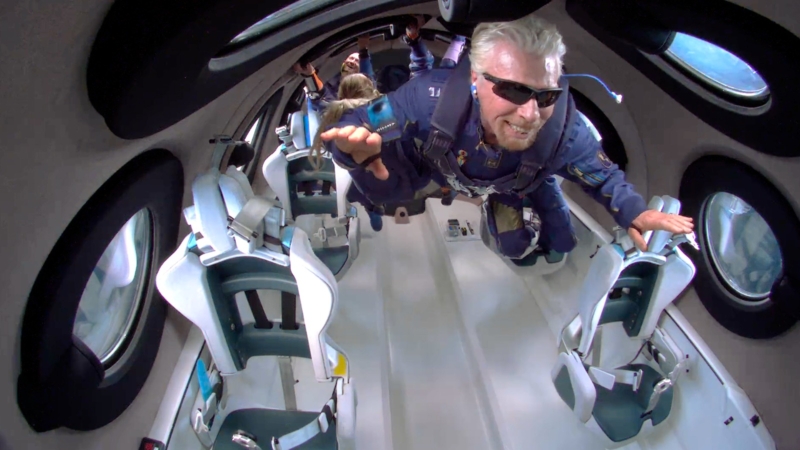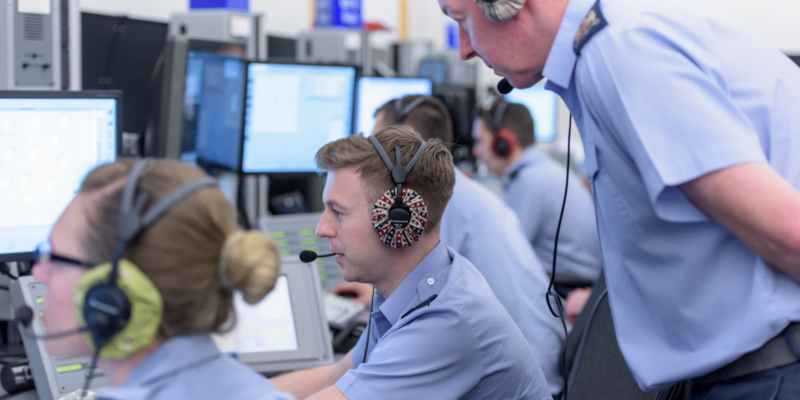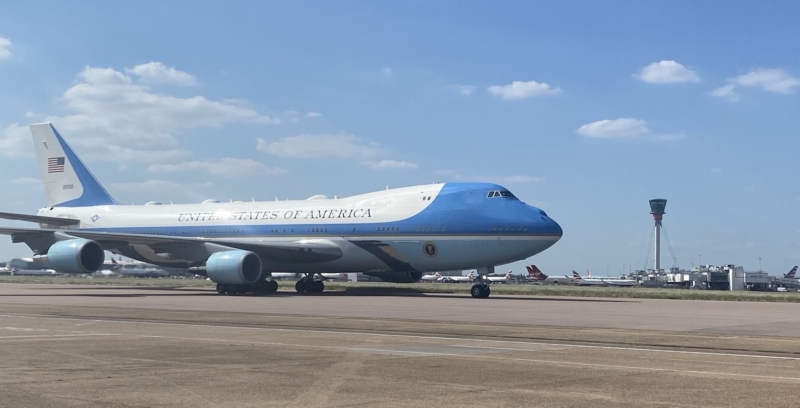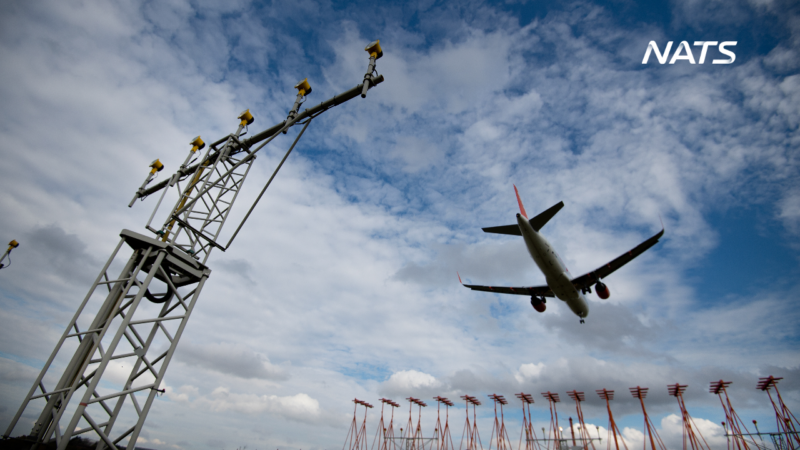Flying at speeds of almost 2,500 mph and climbing 52 miles above the Earth’s surface, last week Sir Richard Branson’s Virgin Galactic Unity rocket plane reached the very edge of space.
US entrepreneurs Elon Musk and Jeff Bezos are hot on his heels with their own space tourism endeavours, and while it may remain the domain of the super-wealthy for the time being, there is no doubt that it still represents a milestone moment.
But space tourism is only a tiny part of the story. The commercial spaceflight sector is quietly booming, with the UK and its Launch UK programme aiming to be at the forefront. Prospective spaceports across the UK will be able to apply to the CAA for operating licences from the end of July, with the first launches of commercial sub-orbital sounding rockets expected later this year, and orbital launches commencing from three spaceports in 2022.
Up to eight vertical and horizontal launch spaceports in the UK are currently proposed. The vehicles launched from each of them will use airspace just as other aircraft already do, and as the custodians of UK airspace, NATS’ role is to integrate them safely and sustainably into our network.
What’s the difference between a vertical and horizontal launch?
A vertical launch is the traditional rocket launch, with an upright rocket that ignites and lifts off straight up. Typically rockets will have 2-3 stages that ignite and then fall away when their fuel is used up.
A horizontal launch means that a plane takes off from a runway, carrying a rocket with it. Once the aircraft is in the air and in a safe location, the rocket detaches, ignites, and heads towards space.

SpaceX GPS III-5 mission.
The UK spaceflight industry is developing incredibly fast with many different launch solutions under development, including vertical and horizontal spaceports, as well as sea and balloon borne launchers. These are all looking to support orbital and sub-orbital rocket manufacturers, foreign launch operators, space tourism and future developments into suborbital flight.
This alone is a massively complex challenge, but other new entrants and operations are also developing at pace. These include drones, high altitude platforms (aircraft or airships flying in the stratosphere 17-22 km above the ground, used for providing wireless communications and other applications) as well as supersonic and hypersonic operations. NATS manages UK airspace on the principle of fair and equitable access to all, with the priority being to keep the skies safe and provide the best service possible. Integrating these new users, while causing minimal disruption to airlines and other airspace users, needs some serious thought and our teams are working hard across industry to achieve this.
So how might a booming UK spaceflight industry work in practice?
The eight prospective UK vertical and horizontal spaceports, as well as balloon and sea launchers would all require specially segregated airspace to safely manage their launches. The required volume of airspace for each launch is expected to be large to protect other airspace users, even for sub-orbital launches like Sir Richard’s.

Virgin Galactic’s First Spaceflight on December 13 2018
The exact impact on other airspace users of any given launch will vary depending on the size of the segregated airspace, duration of the launch, location, time of day, traffic levels, weather etc etc… We’ll need to take into account that while the launch points are fixed for vertical spaceports, mobile launchers from horizontal spaceports, or sea launches can choose locations that best suit their desired trajectory and launch weather.
NATS is already engaging with prospective spaceports, just as we do with other airspace users, to inform our long-term airspace management planning so that we can ensure the overall UK ATM network continues to enable a safe and efficient service for our customers. Spaceports are now applying for airspace through the Civil Aviation Authority’s Airspace Change Proposal process and NATS will implement any changes approved by CAA just like we do for other airspace changes and users.
We may now be living in a new space age, but ensuring UK airspace continues to be a safe, predictable and sustainable place to fly will continue to be our highest priority even as our new airspace users quite literally reach for the stars.
Comments
Please respect our commenting policy and guidelines when posting on this website.



